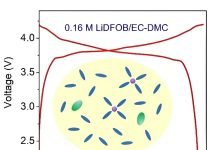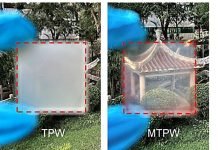
Scientists from the Oak Ridge National Laboratory (ORNL) have discovered a clever method to make a certain type of battery for electric cars work even better.
They used heat and pressure to improve a kind of battery called a solid-state battery, and it worked like a charm!
So, what’s a solid-state battery?
Unlike normal batteries that use a potentially risky liquid, solid-state batteries use a safe solid material to help electricity move.
When the battery charges or works, tiny particles called ions travel between two points (called electrodes) through this solid helper (also known as an electrolyte).
The ORNL team found that tiny air gaps in the solid electrolyte could sometimes block the flow of ions.
To solve this problem, they came up with a smart process: they spread the electrolyte on a press, heated it up, and then let it cool down while still being squeezed. This special pressing technique got rid of the tiny air gaps, making the solid electrolyte super smooth for the ions to travel through.
According to Marm Dixit, the lead scientist of the team, this process doesn’t change the material used in the battery, it just improves how it’s made.
The best part?
This method actually made the battery charge twice as fast and made the solid material almost a thousand times better at helping the flow of electricity.
These discoveries might just revolutionize the way solid electrolytes are made in factories, bringing us a step closer to safer and more reliable batteries for electric vehicles.
All of this exciting research is detailed in a recent article in the journal ACS Energy Letters.
So, the next time you’re using an electric car, remember – it might just be powered by a supercharged battery made better by some heat, pressure, and scientific ingenuity!
Source: Oak Ridge National Laboratory.




